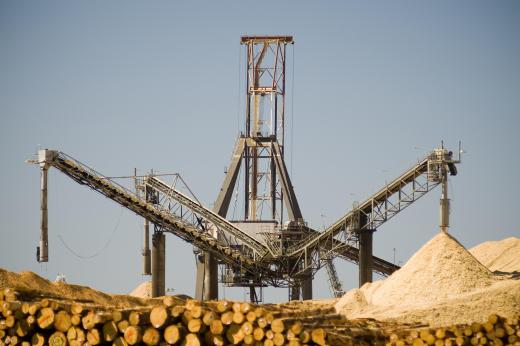Integrated mills are production and manufacturing facilities in which raw materials are refined and then used to produce goods that normally would be produced at other locations. This type of unified or integrated model can be successfully used in a number of manufacturing settings, including textiles, paper products, and even in iron or steelmaking. This approach can be very cost-effective, since having multiple tasks accomplished at the same facility helps to save time and also reduces the costs of transporting goods in process from one plant to the next.
Steel mills are one of the more common examples of integrated mills. With this particular production model, raw ores are processed at the facility, then routed to a different section of that facility for use in producing units of finished goods. Those goods are then sold to clients who can utilize the products in their own efforts. Integrated steel mills can often function for a fraction of the cost of maintaining several facilities to manage the required tasks, making it easier for the company to remain competitive.

Integrated mills within the textile industry are also common. Raw fiber is refined in one section of the plant, then woven into material that is then routed to a third area for use in the creation of goods like towels, bedding, clothing and other consumer goods. Doing so not only helps to reduce production time and keep operational expenses lower, but also helps to enhance the quality control initiative associated with the manufacturing process. Since all the processes are located at a unified facility, identifying the origin of goods that do not meet quality standards is much easier and can be resolved in a shorter period of time.
Paper mills are also often structured as integrated mills. Like textile plants, paper mills will utilize raw materials such as harvested wood to create wood pulp. The wood pulp is then processed for use in the creation of a wide range of paper products, including disposable paper plates, napkins, sheets of printer paper, and even notepaper. Since a shipping area is often included in the overall design for integrated mills, the finished goods can be packed and shipped for quick delivery to buyers, a move that often helps to reduce the amount of finished goods inventory that must be maintained in order to keep up with customer demand. This not only helps the company to offer paper goods at more competitive prices, but also aids in reducing the amount of taxes that must be paid on finished goods that are kept in inventory.

